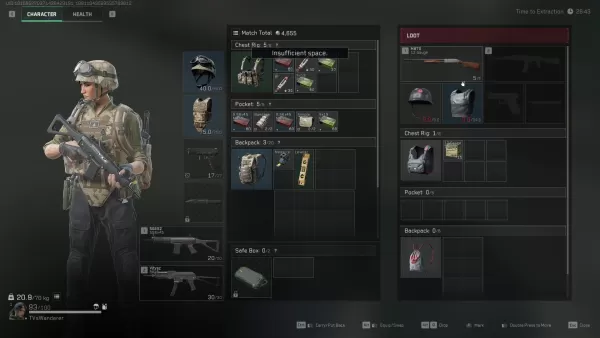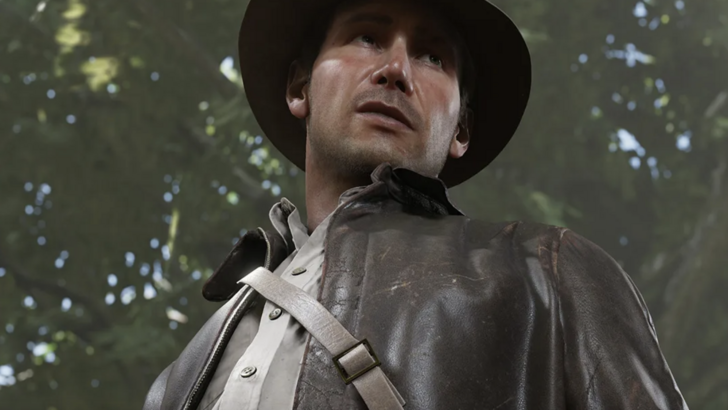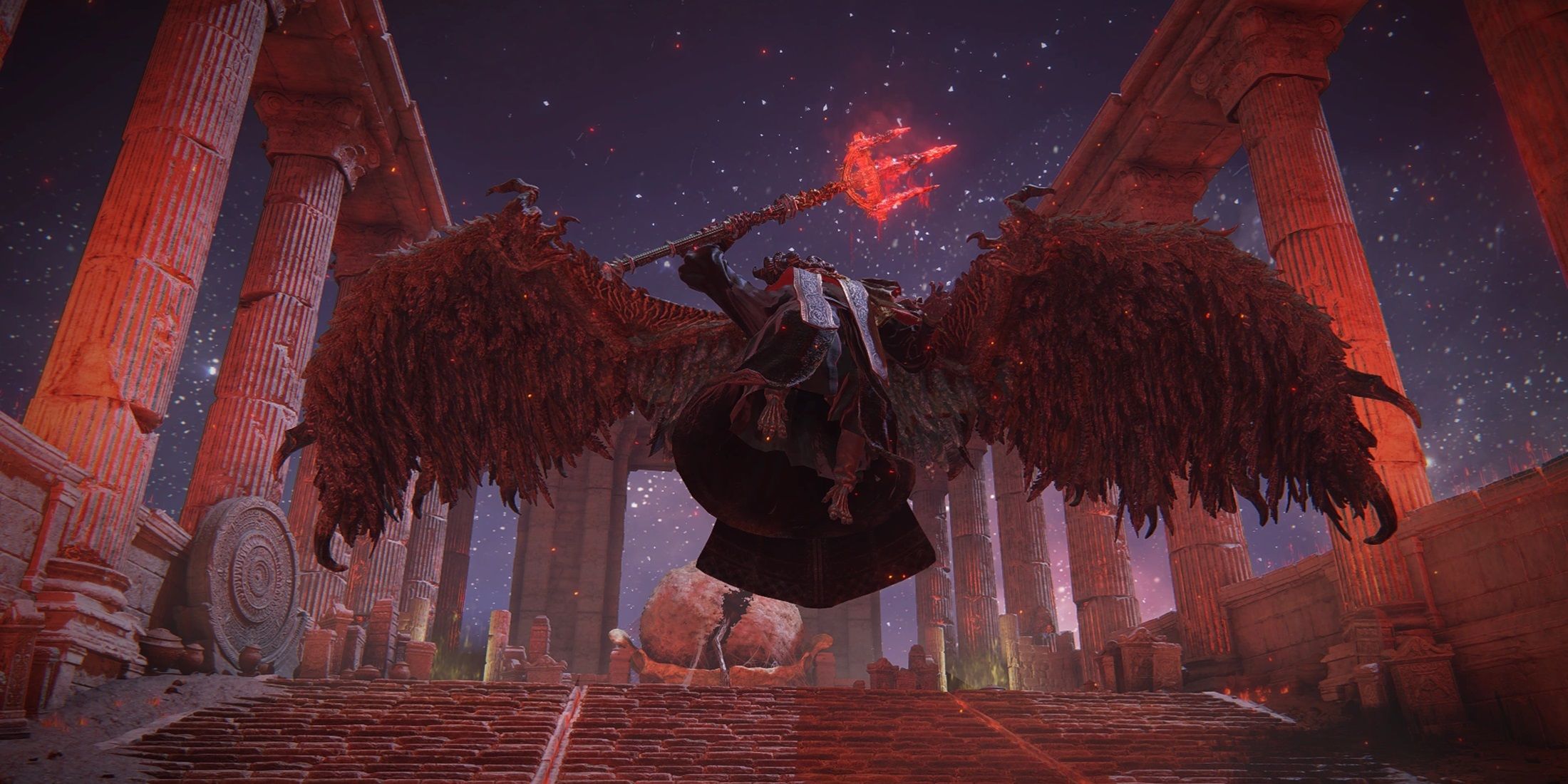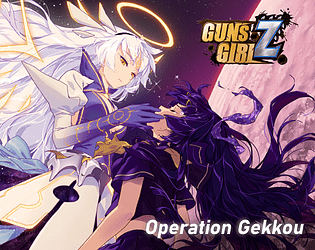The Operations mode in Delta Force, also known as Hazard Operations or Extraction mode, is the thrilling core of the game, where the stakes are high and the action is intense. Whether you refer to it as Operations or simply "raiding," the objective remains constant: parachute into the map, gather valuable gear, and extract safely before other players or AI enemies eliminate you. A unique aspect of this mode is the risk factor; everything you bring into the game is at stake, and if you die, you lose it all.
This guide aims to provide a comprehensive understanding of how Operations mode functions from beginning to end. It covers pacing your run, managing your gear effectively, and making strategic decisions that increase your value over time. If your focus is solely on survival tips for Operations mode, you can find a dedicated guide on our blog.
Whether you're playing solo or with a squad, understanding the mechanics is crucial for playing smarter rather than harder.
What Operations Mode Actually Is
Delta Force's Operations mode is a dynamic PvPvE sandbox where each match is unique. You, along with up to two other players, enter a live map teeming with AI soldiers, loot spawns, and rival teams. The objective is clear: loot as much as possible and safely extract before you're taken out. Unlike traditional shooter modes, there's no score to chase; the gear you extract becomes part of your inventory outside the raid. However, if you die, you lose everything except items secured in your Safe Box. This risk-and-reward dynamic intensifies the gameplay, making even the simplest extraction a heart-pounding challenge.
Loadout Planning and Inventory Control
Success in Operations mode begins before you even set foot on the map—it starts with meticulously planning your loadout. Each match requires an entry fee, so selecting the right gear is crucial. Essentials like a helmet, armor, chest rig, and backpack are mandatory for deployment. What you choose to bring beyond these basics will significantly influence your gameplay strategy.

Extraction zones are typically static, but some maps feature dynamic elements like elevators or enemy-controlled checkpoints. Always have an exit strategy in mind before venturing too deep into the map.
Loot Smarter, Not Harder
In Operations mode, every item has a sell value, but not all are worth the risk. Initially, prioritize acquiring healing items, attachments, and rare electronics. These items are compact, valuable, and can be safely stored in your Safe Box if needed.
While heavy weapons and armor may be tempting, they can slow you down and occupy valuable space. Only carry them if you're confident in your extraction plan or if you're close to your exit with nothing to lose.
For beginners, a useful strategy is to steer clear of major loot areas during the initial minutes. Let other teams clash and then scavenge what's left. If playing solo, focus on looting the outskirts of the map and return later. You'll often find valuable items left behind after intense team battles.
Picking the Right Operative
Your choice of Operative shapes your approach in Operations mode. Not all Operators are suited for stealth or loot-focused gameplay, so select one that aligns with your objectives.
Luna and Hackclaw excel in intelligence gathering and mobility. Luna's ability to tag enemies and disrupt advances with her shock arrows is invaluable, while Hackclaw's quiet movement and silent takedowns make her ideal for stealth missions. Stinger's healing capabilities make him a strong choice for team play, especially in supporting more aggressive teammates.
Avoid Operatives with loud or attention-grabbing abilities unless your strategy involves direct confrontation. Characters like D-Wolf can be entertaining but may draw unwanted attention in a mode where staying undetected often yields better outcomes.
Fight When It Matters
In Operations mode, choosing your battles wisely is more important than winning them. Engaging in PvP can yield gear and XP, but it also slows you down and attracts attention. Only fight when necessary or when it's strategically advantageous.
If you find yourself in a firefight, keep moving and aim to end it quickly. Use your Operative's abilities to gain an edge—Luna's detection arrow can reveal enemies behind cover, while Stinger's smokes provide cover for healing or escape.
Remember, you can loot fallen enemies later. If two teams are engaged, consider hanging back and letting them weaken each other. Third-partying can be risky, but it's a smart way to acquire gear without having to outgun everyone yourself.
Making the Most of Each Match
Each raid offers an opportunity to accumulate value, refine your skills, or learn new strategies. Don't dwell on a bad run; instead, use it to refine your approach for future matches.
Conserve your credits during a losing streak and play more cautiously when winning. Prioritize upgrading your Safe Box as early as possible, experiment with different Operative configurations, and explore the maps to discover optimal loot routes.
Over time, you'll shift your focus from mere survival to optimization. That's when Operations mode truly becomes engaging and rewarding.
Delta Force's Operations mode transcends simple loot-and-run gameplay. It's a strategic game of risk, planning, and intelligent decision-making. Craft your loadout purposefully, loot with precision, and know when to engage or retreat. Every loss is merely a stepping stone to your next big win.
For the best gaming experience, consider playing Delta Force on PC using BlueStacks. You'll enjoy faster load times, precise controls, and easier gear management. It's the optimal way to stay competitive while mastering the game's intricacies.

 Latest Downloads
Latest Downloads
 Downlaod
Downlaod




 Top News
Top News









